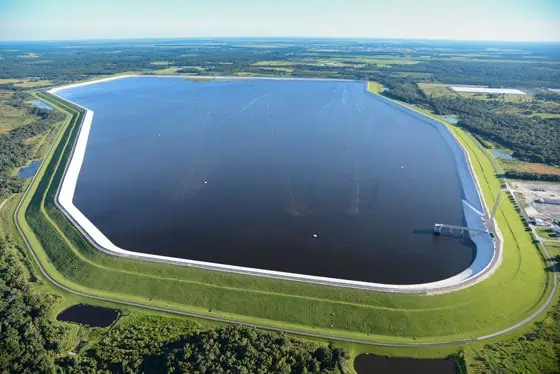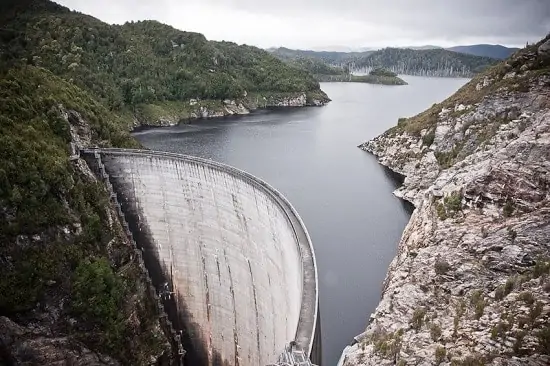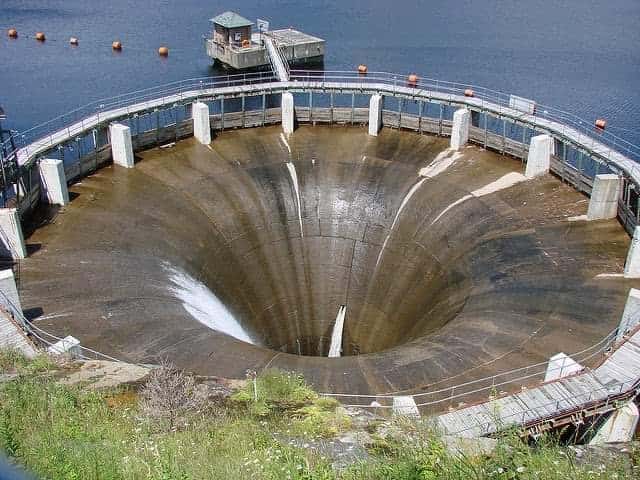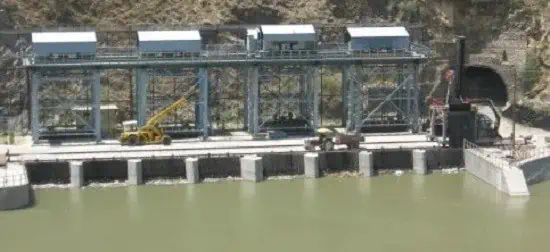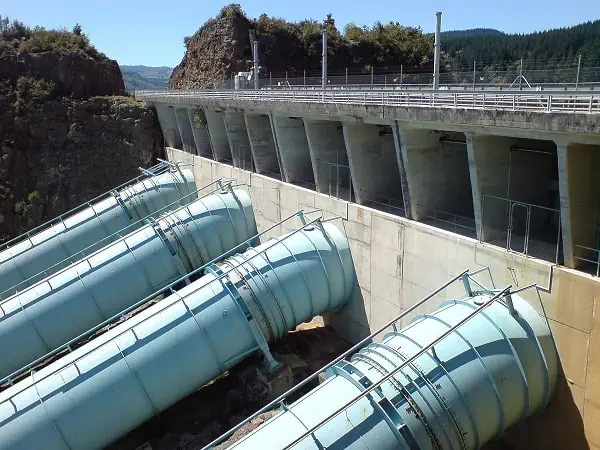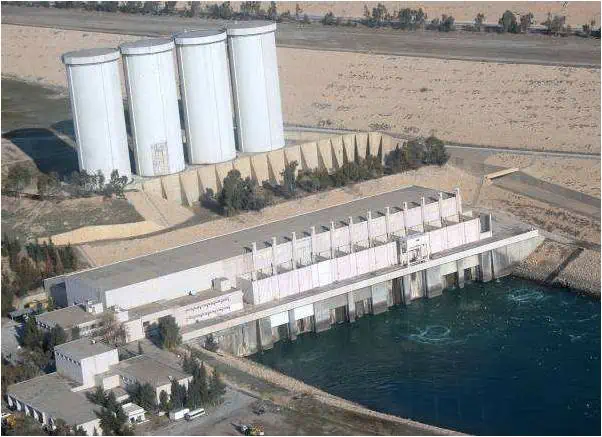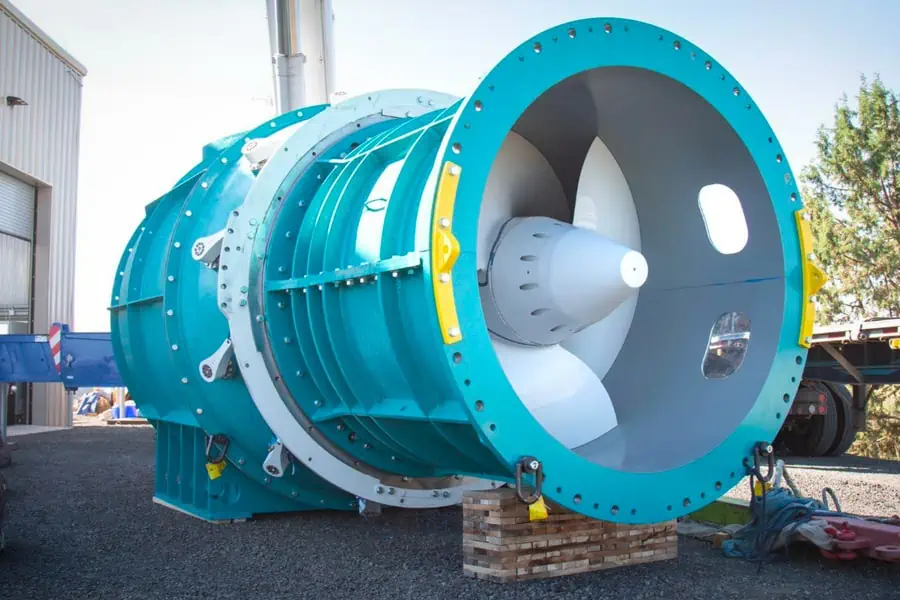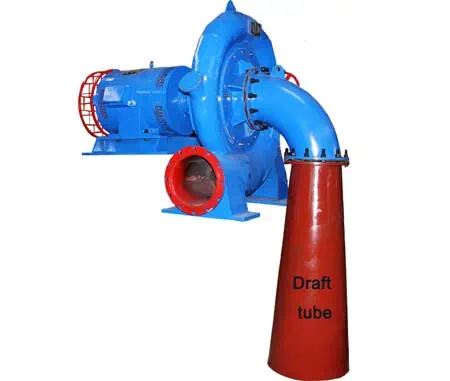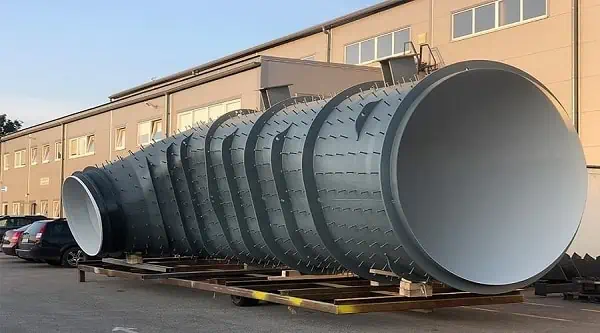The increased demand for energy influenced the ecosystem, culminating in global warming. The fundamental cause of environmental pollution is the widespread use of nonrenewable energy sources such as petrol and diesel.
The only way to address the growing environmental harm issue is to shift significantly from nonrenewable to renewable energy sources.
Hydroelectric plants, often known as hydropower plants, are specially built plants that create energy by using the flow of water. In this article, we will learn about the components of a hydropower plant.
What Is Hydropower Plant?
A hydropower plant generates electricity by utilizing the hydraulic energy of water. The power generated by this plant is known as hydroelectric power. Hydropower accounts for around 16% of total global power consumption.
Components Of A Hydropower Plant
A hydroelectric or hydropower plant operates with a variety of components. This section summarises the several major components of a hydropower plant.
1. Storage Reservoir
It is a fundamental requirement of a hydropower plant. Its function is to store water during the monsoon season and deliver it during the dry season, thereby assisting in supplying water to the power plant. A reservoir can be either natural or man-made.
A natural reservoir is a lake in the mountains, but an artificial reservoir is created by building a dam across a river. Low-head hydropower plants necessitate a large storage reservoir. The reservoir’s capacity is determined by the differential in runoff during high and low flows.
2. Dam
A dam’s function is to provide storage as well as to elevate the water surface of a stream to form an artificial head. A dam is the most expensive and important component of a hydroelectric project.
Dams are built with concrete, stone, and earth or rock fill. The geography of the location dictates the type and configuration. In a narrow canyon, a brick dam could be constructed. A vast valley might benefit from an earth dam.
The foundation conditions, availability of local materials and transportation, the frequency of earthquakes, and other dangers all influence the type of dam chosen.
3. Forebay
A forebay is a basin region where water is temporarily kept before entering the intake chamber. Water storage in the forebay is determined by the area’s required water demand.
The forebay acts as a regulating reservoir, which temporarily stores water to satisfy hourly load changes. This could be a pond behind the diversion dam, or an extended portion of a canal spread out to suit the required input.
4. Spillway
Spillway is designed to function as a safety valve. When the reservoir is full, which usually happens during floods, it sends the overflow water to the downstream side.
These are typically made of concrete and have water discharge openings controlled by metal control gates. The outflow of the headwater to the tailrace can be regulated by varying the degree to which the gates are opened to maintain the reservoir’s water level.
5. Intake Structure
The intake structure conveys water from the forebay to the penstocks. There are several sorts of intake structures accessible, and the type of intake structure chosen is dependent on various local factors.
Trash racks are one of the most significant components of the intake structure. Trash racks are supplied at the penstock’s entrance to catch debris in the water.
If debris and water enter the penstock, it will severely damage the wicket gates, turbine runners, turbine nozzles, and other components. In addition to trash racks, rakes and trolley arrangements for cleaning trash racks, as well as penstock closing gates, are included in the intake structure.
A control gate can regulate the amount of water released in the penstock. When the control gate is fully opened, the maximum amount of water is discharged through the penstock.
6. Penstock
Penstocks are large sloped pipelines that transport water from an intake structure to the turbines. The penstock’s primary function is to transport pressured water to the entrance of a hydraulic turbine.
Generally, steel or reinforced concrete is used to make penstocks. If the length is short, a separate penstock is used for each turbine; if the length is long, a single large penstock is utilized, which is then divided into branches.
Penstocks are designed to be round to reduce the circumferential stress concentrations and equally distribute pressure. The penstock’s circular cross-section also decreases the likelihood of scaling, which is more common with square cross-sections.
Depending on the geographical and climatic conditions, the penstock canal might be exposed to the environment or buried underground.
7. Surge Chamber
A surge chamber, also known as a surge tank, is a cylindrical tank with an open top that controls the pressure in the penstock. It is connected to the penstock and as close to the powerhouse as possible.
When the powerhouse rejects the water load from the penstock, the water level in the surge tank rises, allowing the pressure in the penstock to be controlled.
Similarly, when there is a high demand in the powerhouse, the surge tank increases the water flow into the powerhouse, causing the water level to fall. When the discharge in the powerhouse is constant, so is the water level in the surge tank.
8. Hydraulic Turbines and Generators
A hydraulic turbine is a device that converts hydraulic energy into mechanical energy, which is then transformed into electrical energy by connecting the turbine’s shaft to the generator.
The mechanism in this scenario is that when high-pressure water from the penstock strikes the circular blades or runner, it rotates the shaft in the center, causing the generator to produce electrical power.
The mechanical energy developed by a turbine is used in running a generator. It is directly coupled to the shaft of the turbine. The generator produces electric power. Hydraulic turbines are mainly of two types, namely:
- Impulse turbine
- Reaction turbine
The generator is the main source of energy conversion in the hydropower plant. Generators are machines that convert the mechanical energy of the turbine’s shaft rotation into electrical energy, preferably hydroelectricity.
A generator comprises massive magnets, a series of coils, and an armature. The rotation of the generator’s armature alters the magnetic flux and produces a current in the coils.
The current is routed through electrical cables after being transferred to a step-up transformer. The generator’s current output is typically measured in larger units such as kilowatts and megawatts.
9. Draft Tube
A draft tube is a long tube with a diverging cross-sectional area. The principal function of a draft tube in a hydropower plant is to transport the discharge water from the turbine to the tailrace.
The draft tube simply applies Bernoulli’s theorem to convert energy. If there is no draught tube and the water releases freely from the turbine exit, the turbine runs at a head equal to the height of the headrace water level above the runner outlet.
By adding a draft tube, the working head is raised by the height of the runner outlet above the tailrace. This causes a negative pressure head near the runner’s departure. This allows the turbine to be installed above the tailrace without losing its head.
10. Tailrace
A tailrace is a water collection unit that collects water that exits the turbine. The diverging nature of the draft tube transfers the kinetic energy of the turbine’s water into pressure energy. Water movement from turbines to the stream is referred to as a tailrace.
It is preferable if the power station is placed closer to the stream. However, if it is positioned far from the stream, a channel for conveying water into the stream must be built.
Otherwise, the water flow may harm the plant in a variety of ways, including decreased turbine performance, cavitation, turbine blade damage, and so on. The tailrace should be designed and sized such that water may depart freely and the jet of water can travel freely after leaving the turbine.
Conclusion
To tackle global warming, the production of renewable energy, such as hydropower, has increased nowadays. Hydropower, often known as hydroelectric power, is a renewable energy source that creates electricity by altering the natural flow of a river or other body of water using a dam or diversion construction.
A hydropower plant produces hydropower by converting the kinetic energy of water into electrical energy. Hope this article has deepened your understanding of the components of a hydropower plant.
Also Read
For More Updates like our and join our .

